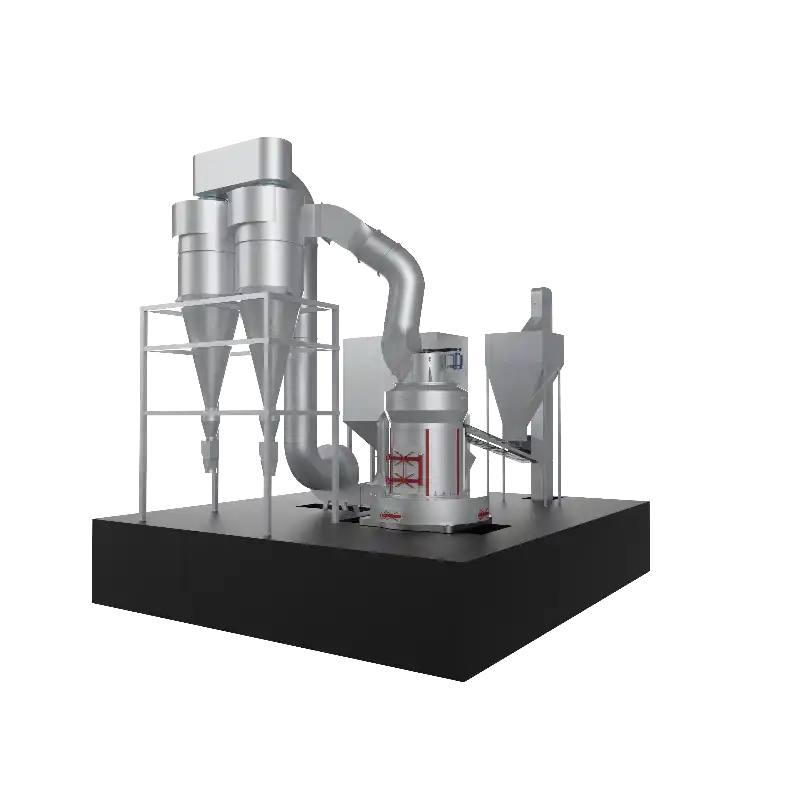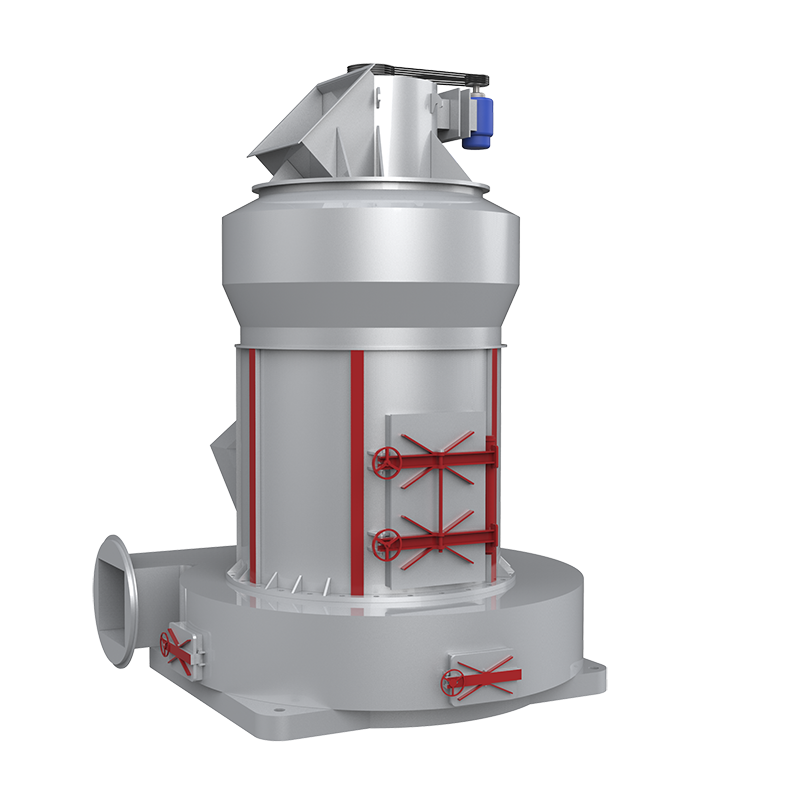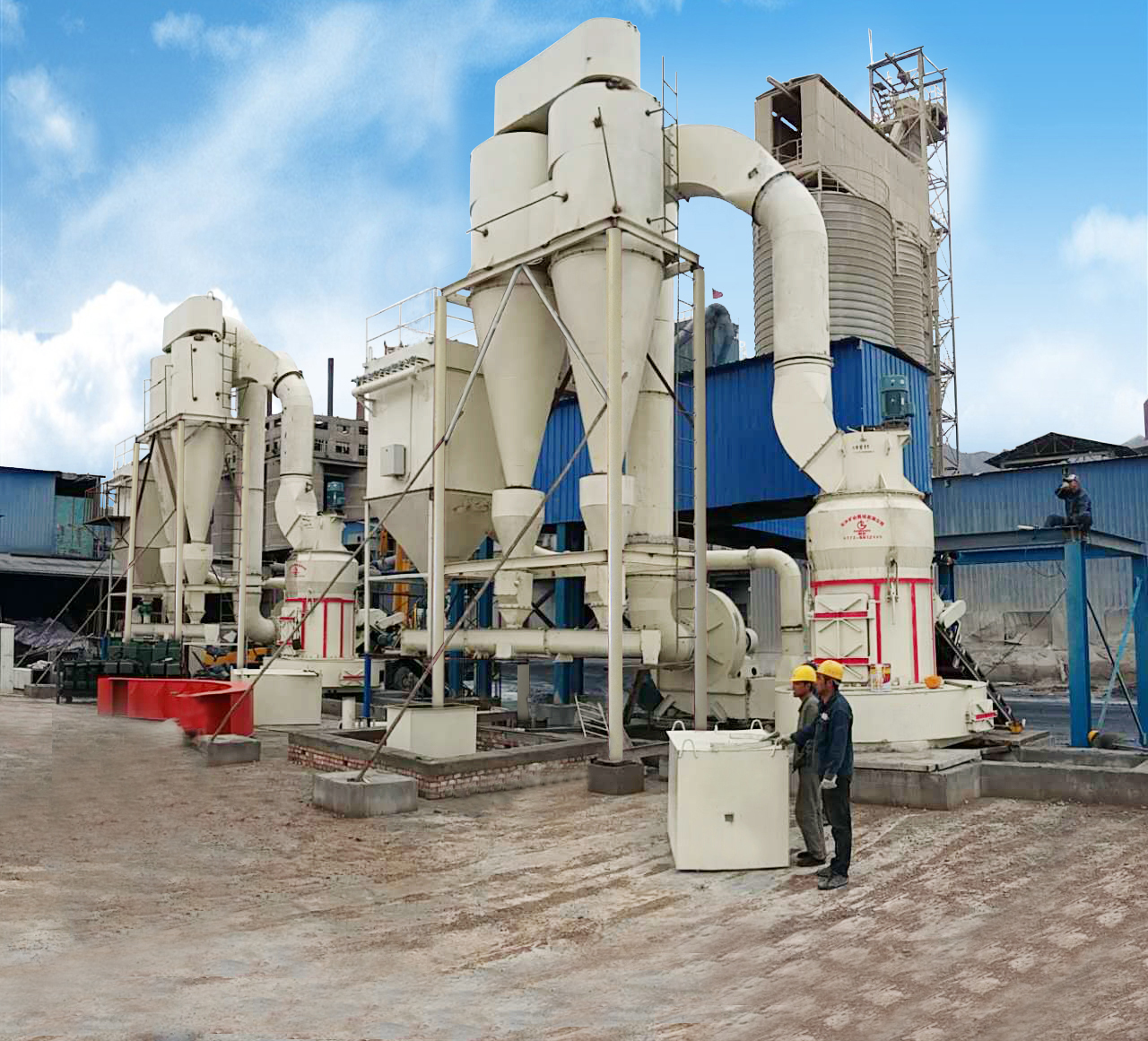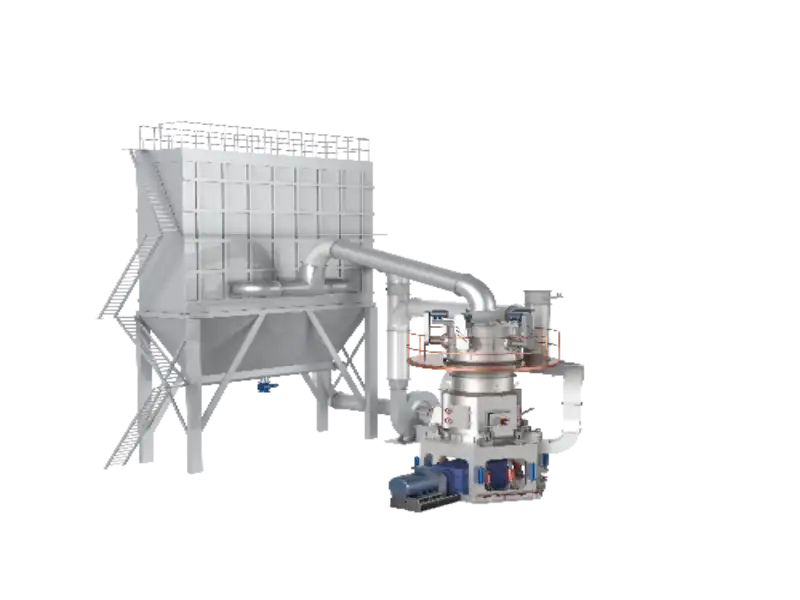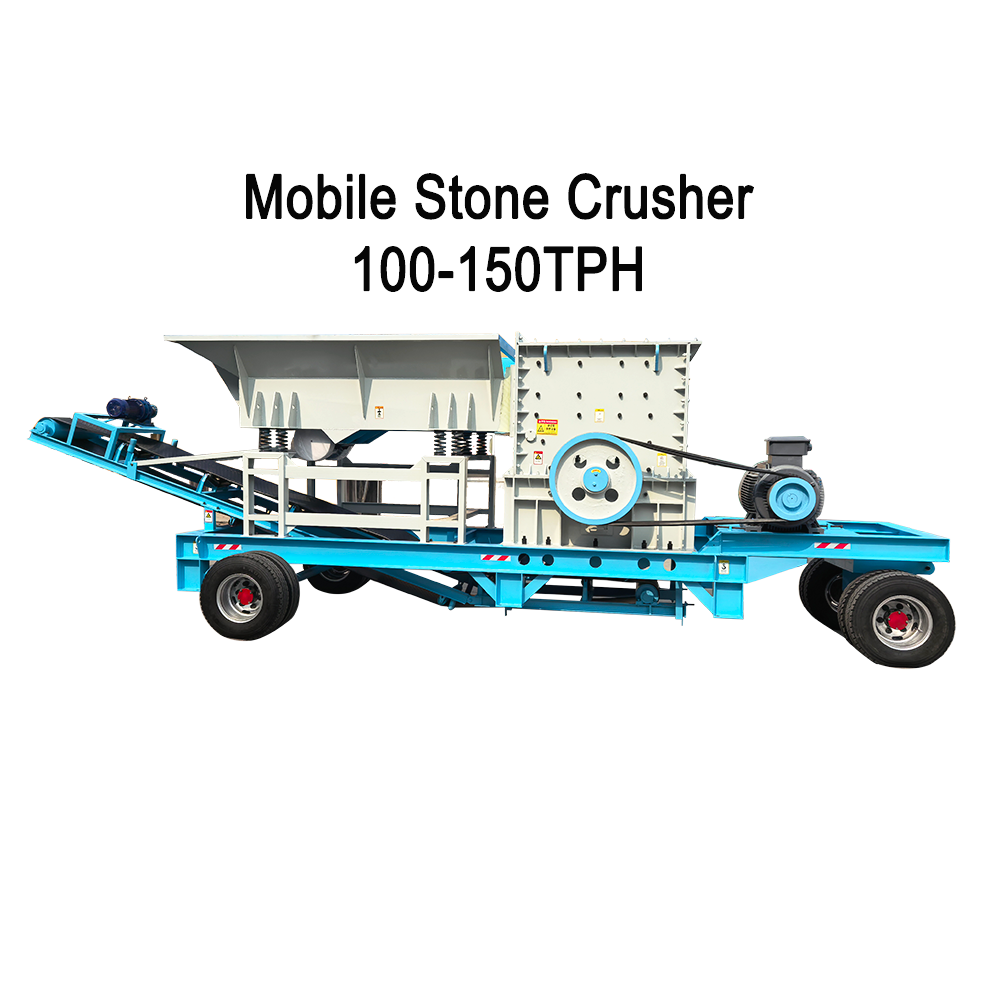Contents Catalog
- 1 Working Principle of C Series Jaw Crusher
- 2 Main structure of C series jaw crusher
- 3 Processing materials of C series jaw crusher
- 4 Product advantages of C series jaw crusher
- 4.0.1 Simple structure, easy maintenance and operation
- 4.0.2 Efficient crushing, suitable for high-hardness materials
- 4.0.3 Strong durability, key components are made of wear-resistant materials
- 4.0.4 Adjustable particle size to meet different production needs
- 4.0.5 Energy saving and environmental protection
- 4.0.6 Versatility
- 5 C Series Jaw Crusher Technical Parameters Table
- 6 Capacity Comparison at Different Discharge Settings (t/h)
Jaw crushers are essential equipment in mining, quarrying, and recycling industries, designed to crush hard materials like rocks, ores, and concrete. Their efficiency and durability rely heavily on robust mechanical parts and innovative engineering solutions.

Working Principle of C Series Jaw Crusher
C Series jaw crusher is mainly composed of the following parts: frame, eccentric shaft transmission system, crushing chamber working area, safety protection device and discharge port adjustment mechanism. Its crushing mechanism belongs to the flexural extrusion type. When working, the motor drives the belt and pulley to rotate, and through the transmission of the eccentric shaft, the movable jaw produces a forward and backward up and down swinging motion.
When the movable jaw drives the movable jaw plate to approach the fixed jaw plate, the material will be strongly squeezed or split, thereby achieving crushing. When the movable jaw and the movable jaw plate retreat under the joint action of the eccentric shaft and the spring, the crushed material is smoothly discharged from the bottom discharge port of the jaw plate. As the motor continues to rotate, the movable jaw will periodically complete the crushing and discharging actions, thereby ensuring that the crusher can be continuously and efficiently mass-produced.
Main structure of C series jaw crusher

Fixed Jaw Plat:
A stationary, wear-resistant component (typically high manganese steel) that forms the upper crushing chamber surface. Remains immobile during operation.

Movable Jaw Plate
The reciprocating component that crushes material against the fixed jaw plate through cyclic motion. Typically constructed as a high-strength casting.

Flywheel
The flywheel stores rotational energy, providing inertial force to ensure smooth and continuous crusher operation. Typically made of cast iron or steel.

Eccentric shaft
drives the moving jaw to move, made of high-strength alloy steel.
Frame: The main structure supporting the equipment, usually made of welded or cast steel.
Adjustment device: used to adjust the size of the discharge port and control the particle size of the discharge.
Lubrication system: ensure the normal operation of the equipment and reduce wear.
Processing materials of C series jaw crusher
Mining industry
C series jaw crusher is suitable for crushing various ores, including iron ore, copper ore, granite, basalt, limestone, quartzite, diabase and other medium to hard rocks. The compressive strength of these ores usually does not exceed 320MPa, which is ideal for primary crushing
Building materials industry
In the building materials industry, C series jaw crushers are used to process construction waste, concrete blocks, sand and gravel, etc. Its efficient crushing capacity can meet the needs of recycling and reuse of construction waste.
Metallurgical Industry
C Series jaw crushers are also widely used in the metallurgical industry to crush industrial waste such as metallurgical slag and steel slag. These materials usually have high hardness and strength, and C Series jaw crushers are capable of such tasks due to their durability and high efficiency.
Other industries
C series jaw crushers are also suitable for water conservancy, electricity, chemical industry and other fields, and can be used to process special materials such as coal gangue, power plant desulfurization quartz, etc.
Product advantages of C series jaw crusher
Simple structure, easy maintenance and operation
The C series jaw crusher adopts modular design and non-welded frame structure, making the equipment lighter and more impact-resistant. At the same time, its movable jaw and fixed jaw plate can be used interchangeably, which prolongs the service life of components and reduces maintenance costs
Efficient crushing, suitable for high-hardness materials

This series of crushers adopts advanced eccentric shaft design and optimized crushing chamber type, which can effectively improve crushing efficiency. Its crushing chamber has a large depth and flexible adjustment of the discharge port, which can adapt to different particle size requirements, especially suitable for processing high-hardness rocks and ores
Strong durability, key components are made of wear-resistant materials
The key components of the C series jaw crusher, such as the movable jaw body and eccentric shaft, are made of high-strength alloy steel, and are equipped with wear-resistant castings and heavy-duty bearings to ensure the stability and reliability of the equipment in long-term operation
Adjustable particle size to meet different production needs
Through the hydraulic adjustment system or wedge adjustment device, users can quickly and easily adjust the discharge port width to control the particle size range of the final product. This flexibility enables the C series jaw crusher to adapt to diverse production needs.
Energy saving and environmental protection
The equipment design focuses on energy consumption optimization, which is lower than similar models, while reducing noise pollution, meeting the environmental protection requirements of modern industry.
Versatility
The C series jaw crusher is not only suitable for fixed production lines, but also for mobile crushing stations, with strong adaptability and high flexibility
C Series Jaw Crusher Technical Parameters Table
| Model | Feed Opening Width (mm) | Feed Opening Depth (mm) | Max Feed Size (mm) | Discharge Opening Range (mm) | Eccentric Shaft Speed (rpm) | Capacity (t/h) | Power (kW) | Overall Dimensions (L×W×H, mm) |
|---|---|---|---|---|---|---|---|---|
| C96 | 930 | 580 | 460 | 60–175 | 330 | 120–455 | 90 | 2830×1983×1924 |
| C106 | 1100 | 630 | 530 | 110–170 | 280 | 170–330 | 110 | 3346×2111×2376 |
| C110 | 1100 | 850 | 680 | 70–200 | 230 | 190–625 | 160 | 3890×2374×2836 |
| C125 | 1250 | 950 | 760 | 100–250 | 220 | 290–845 | 160 | 4111×2596×2952 |
| C160 | 1600 | 1200 | 960 | 150–300 | 220 | 520–1275 | 250 | 5690×3318×3843 |
Capacity Comparison at Different Discharge Settings (t/h)
| Discharge Size (mm) | Tight Side Discharge Port (mm) | C96 | C106 | C110 | C125 | C160 |
|---|---|---|---|---|---|---|
| 0–90 | 60 | 120–155 | – | – | – | – |
| 0–105 | 70 | – | 140–180 | – | – | – |
| 0–120 | 80 | – | – | 160–210 | – | – |
| 0–135 | 90 | – | – | 180–235 | – | – |
| 0–150 | 100 | – | – | – | 200–260 | – |
| 0–185 | 125 | – | – | – | 250–325 | – |
| 0–225 | 150 | – | – | – | 300–390 | – |
| 0–260 | 175 | – | – | – | 350–455 | – |
| 0–300 | 200 | – | – | – | – | 445–580 |
| 0–340 | 225 | – | – | – | – | 590–770 |
| 0–375 | – | – | – | – | – | – |



